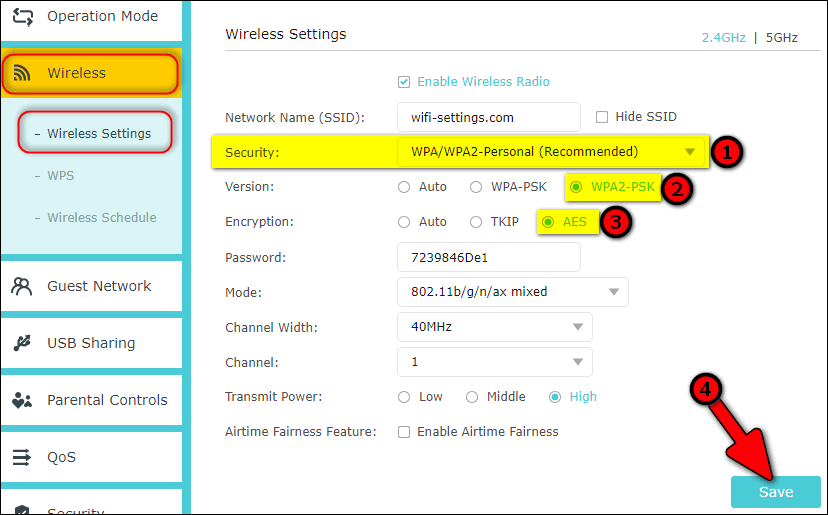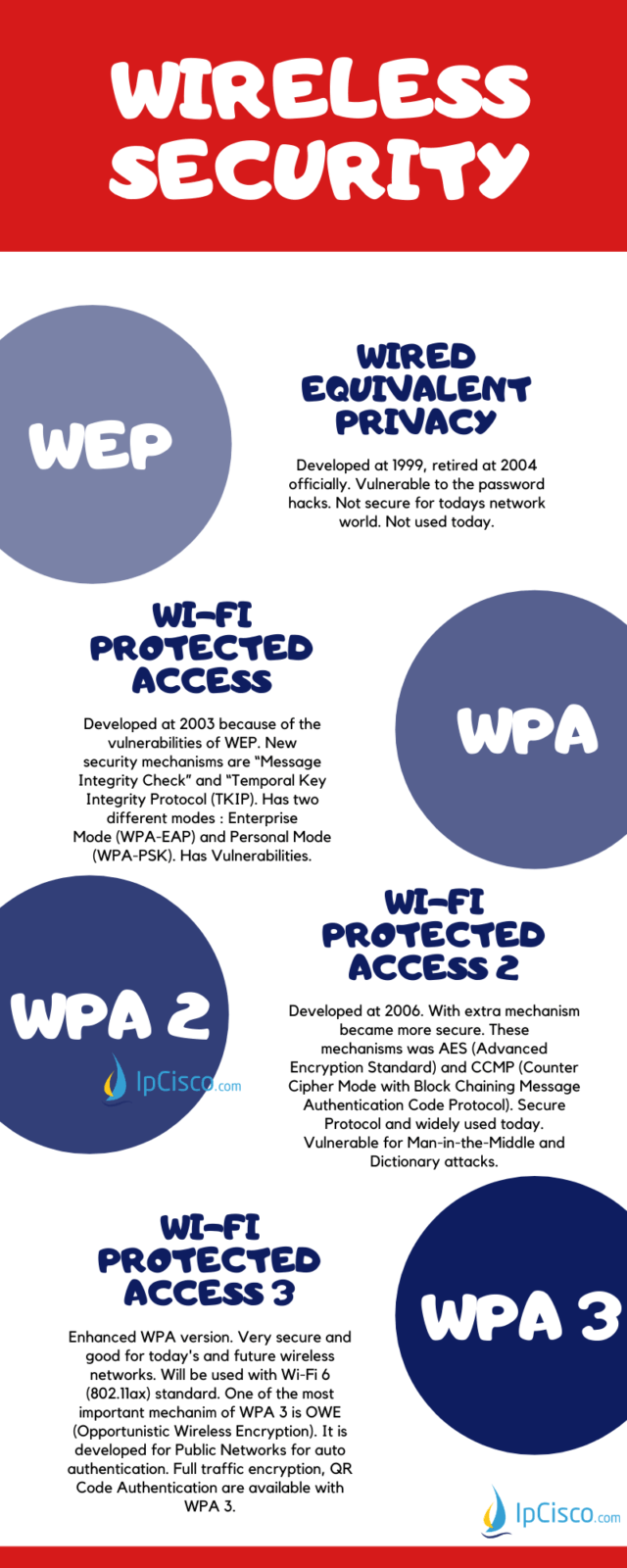
Keys is known as the Temporal Key Integrity Protocol (TKIP). By changing in the encryption key at frequent intervals, Second, it uses a constantly changing key instead of the single shared key usedįor encryption by WEP. Preventing unauthorized clients from becoming part of the wireless network. WPA solves two problems associated with the earlier WEP security mechanisms.įirst, it uses encrypted techniques for authentication, which should assist in Traffic on a wireless network and eventually crack the encryption key. These factors make it easy to examine network One of the main complaints about WEP, besides its limited-length keys, is theįact that the same key is used by both sides of the transmission, and the keyĭoes not change during a session. Improves network security as well as speed. Because WEP-only devices are primarily limited to the 11MbpsĨ02.11b standard, upgrading to 802.11g hardware, which supports WPA and WEP, WEP/WPA-compatible hardware, you must use the weaker WEP security standard forĪll devices. If your wireless network has a mixture of WEP-compatible and Hardware have provided upgrades to support WPA, most 802.11b hardware is not Standard, and most recent 802.11a hardware.
#Wep vs wpa enterprise full
That supports it, such as 802.11g hardware that supports the full 802.11g

WPA is the minimum recommended security standard for network hardware The original key for greater security and supports an optional authentication Like WEP, WPA uses RC4 encryption for its keys, but unlike WEP, WPA modifies Security standard, and its features are a blend of features originally developedįor WEP and those being developed for 802.11i. WPA was designed toīe an interim security solution until the completion of the IEEE 802.11i In response to the vulnerability and criticism of WEP, the Wi-Fi AllianceĬreated the Wi-Fi Protected Access (WPA) standard in 2003. Upgrading and Repairing Networks, 5th Edition.Īvailable in Spring 2006! Wi-Fi Protected Access (WPA), WPA2 and 802.11i Here's an exclusive excerpt from the forthcoming new book:

Upgrading and Repairing Networks, 5th Edition


 0 kommentar(er)
0 kommentar(er)
